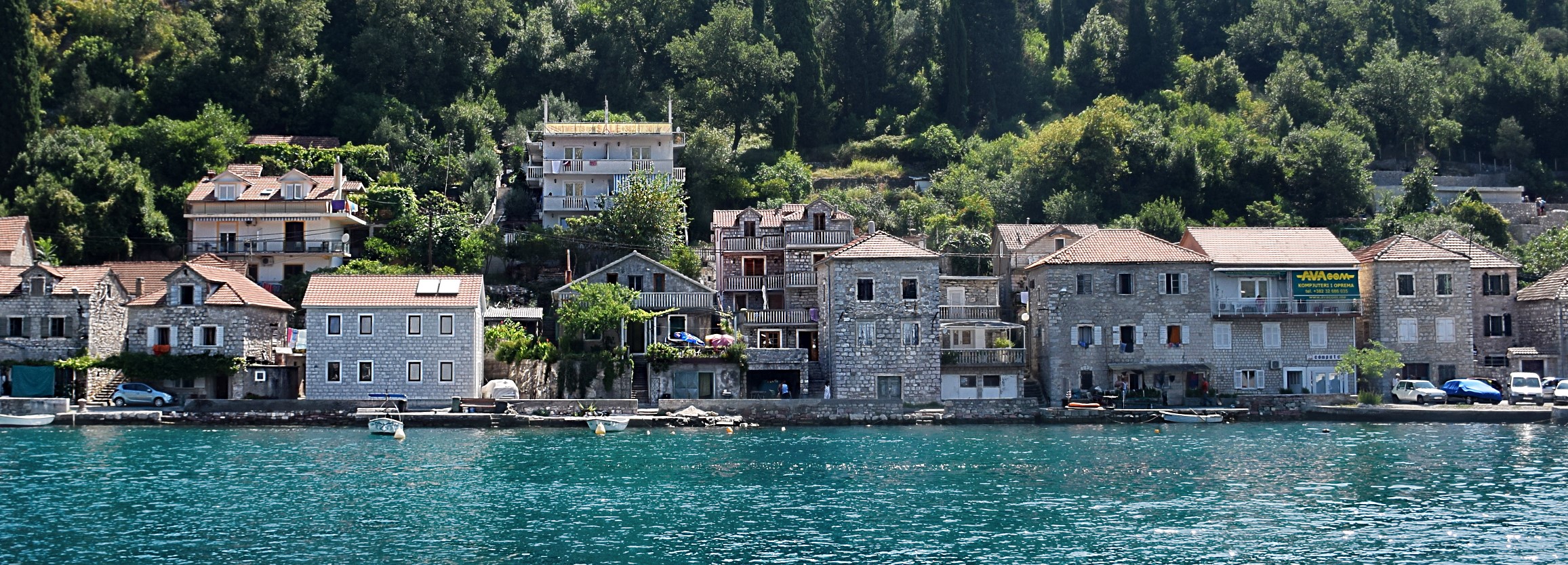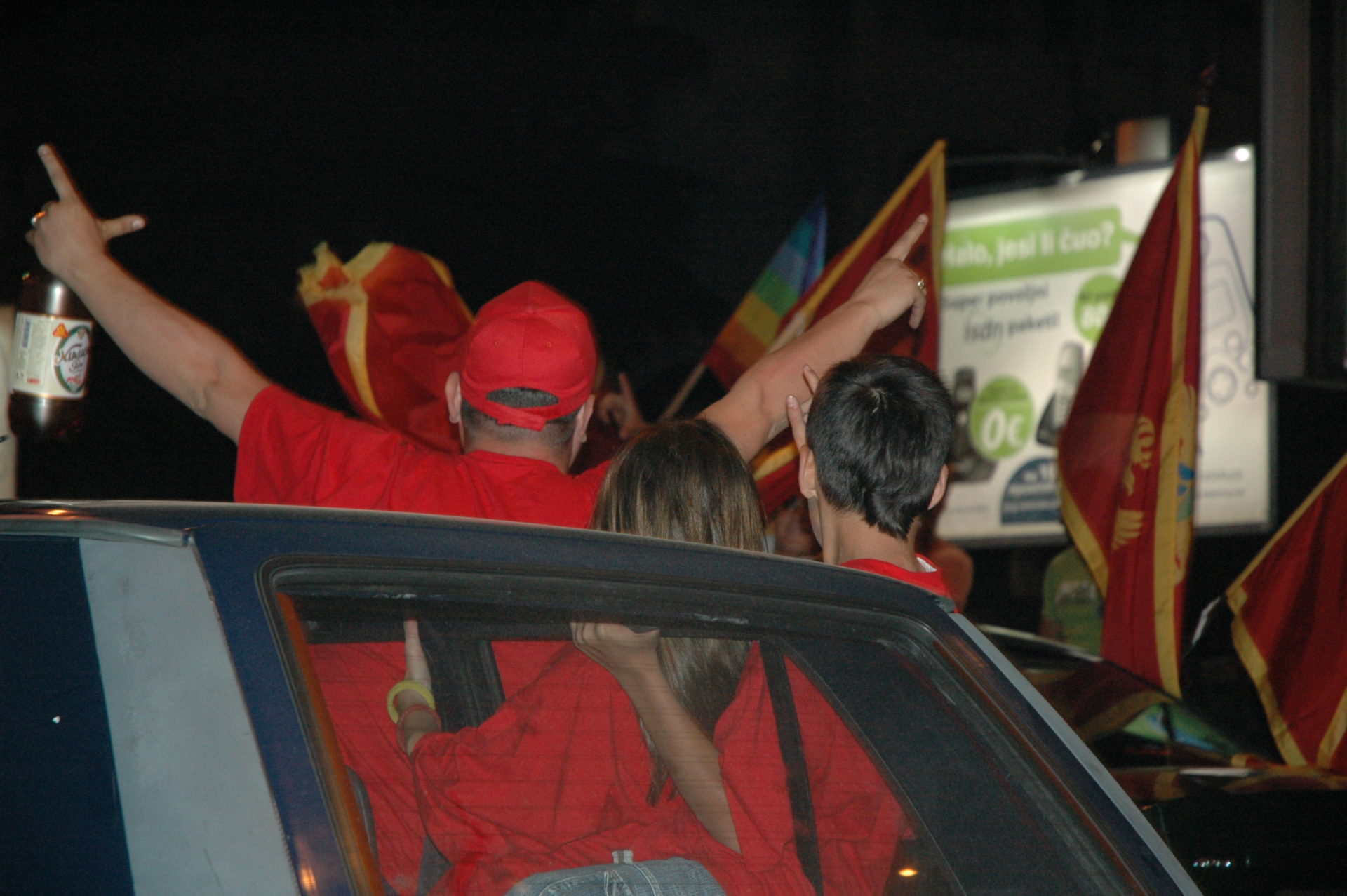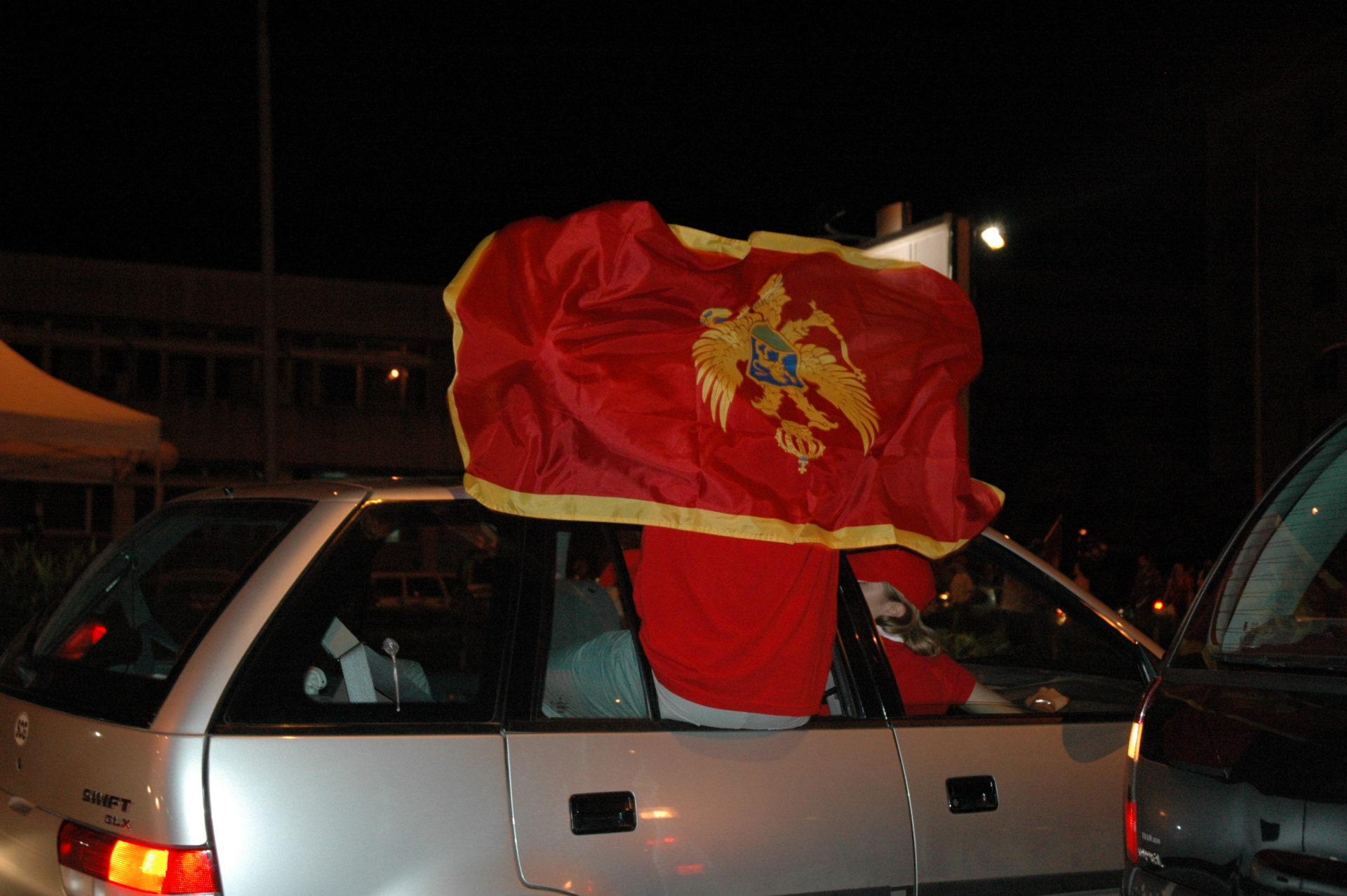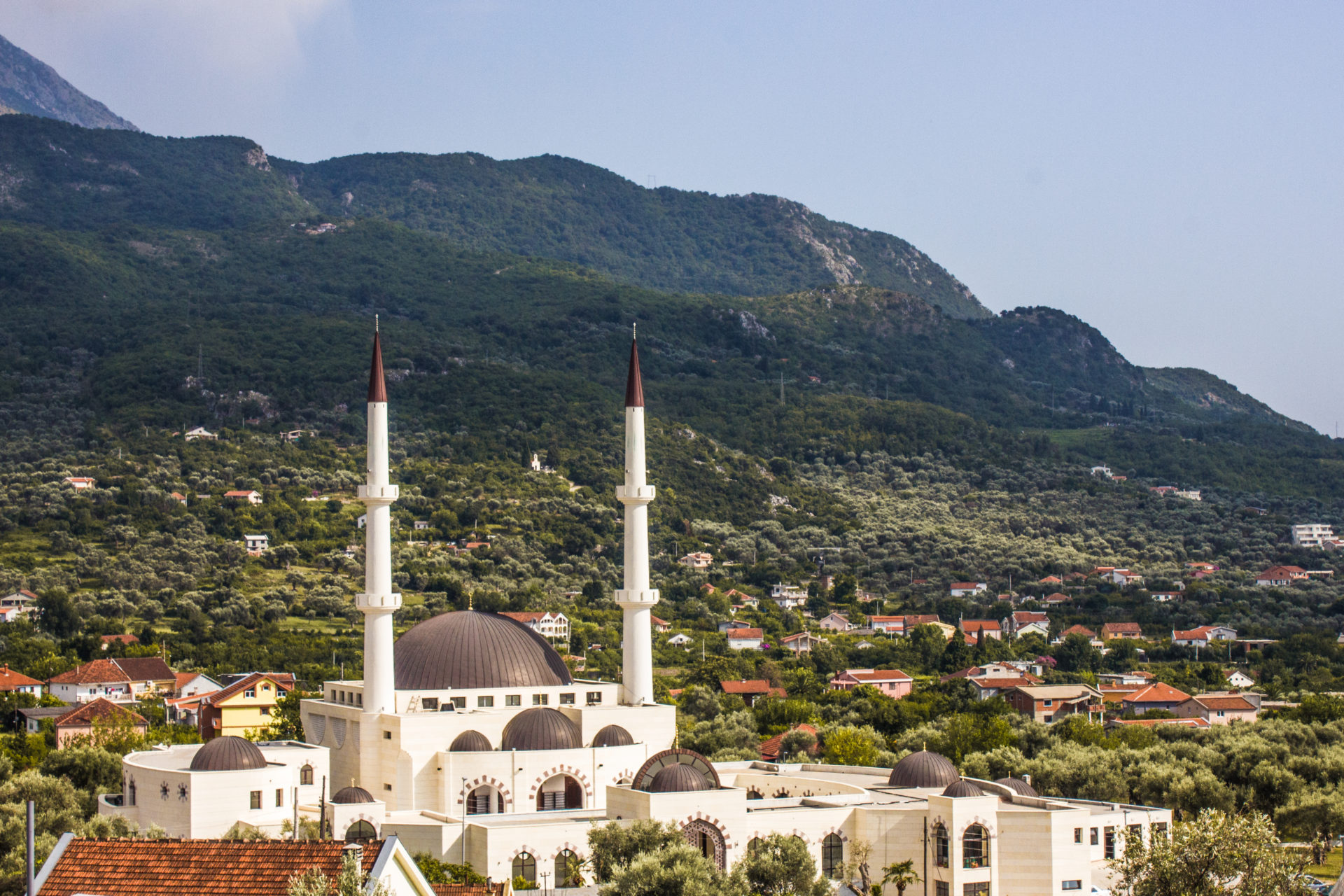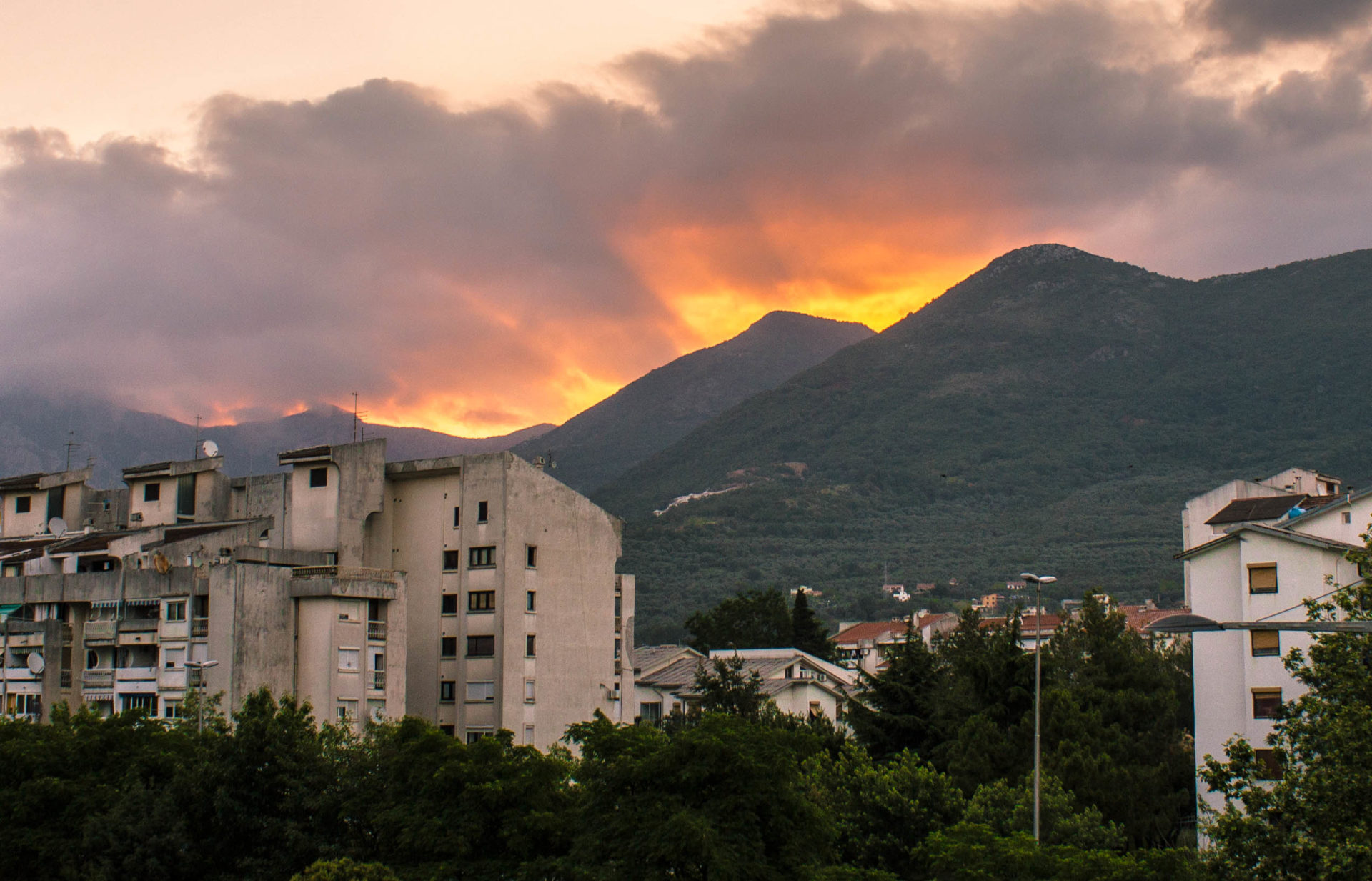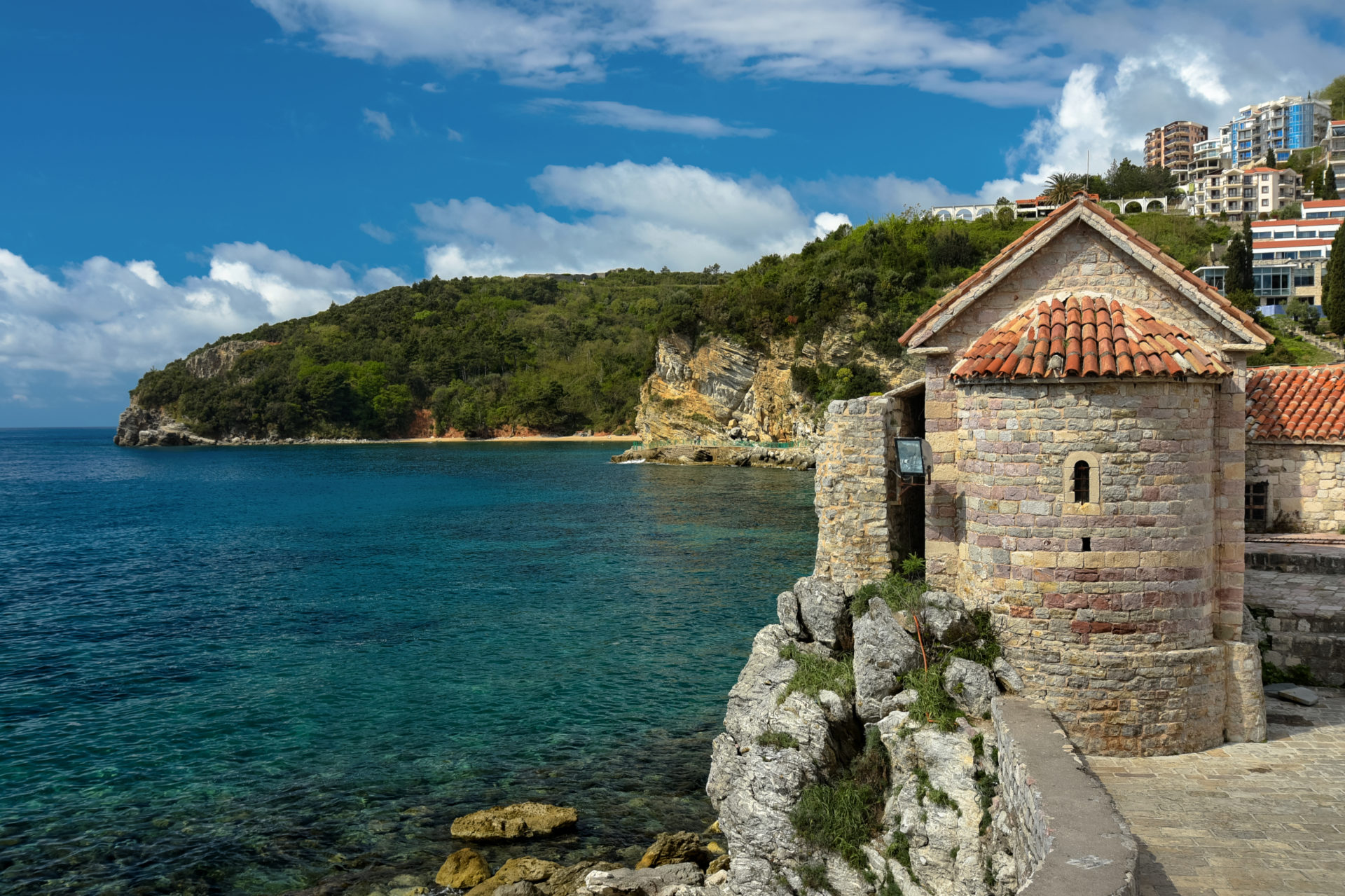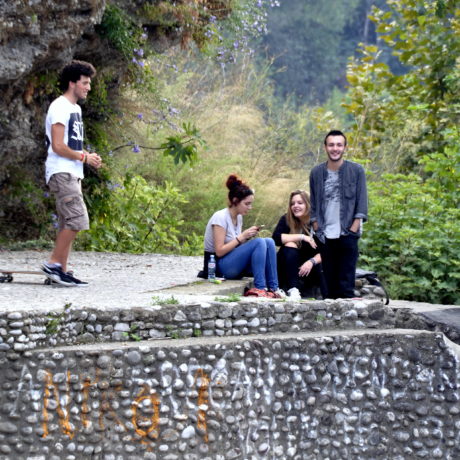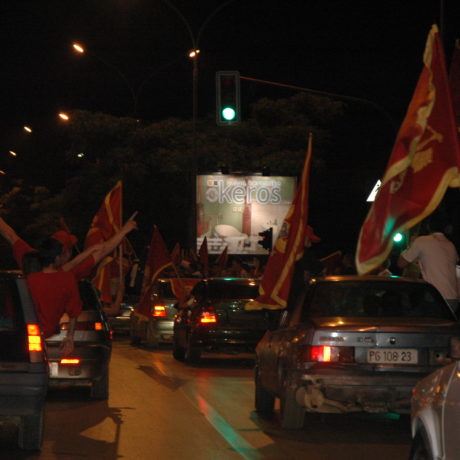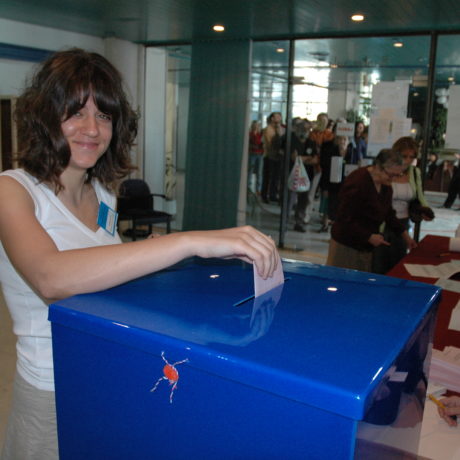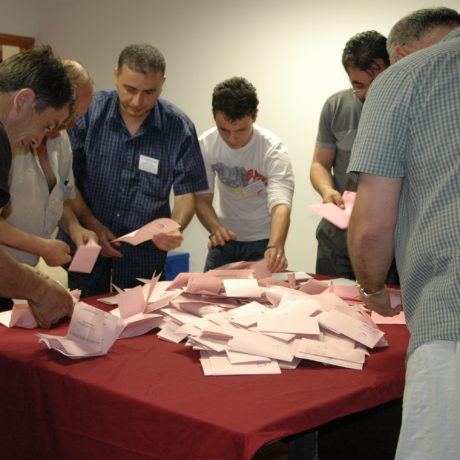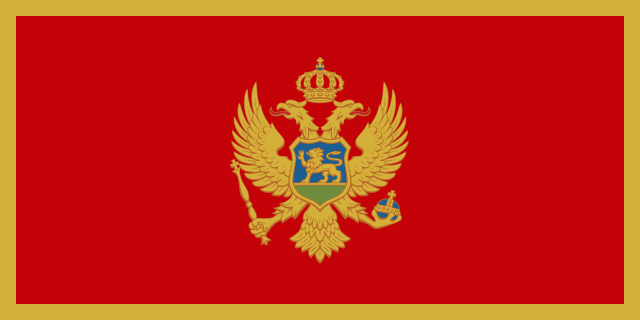
Montenegro
- Governance: Republic
- Capital: Podgorica
- Population: 600.000
- Religion: Christianity, Islam
- Language: Montenegrin, Serbian, Bosnian, Albanian, Croatian
- Location: Balkans, Europe
- Democracy index: Partly free, 67/100
Magnificent and varied scenery fits the 14,000 square kilometres: from the Adriatic coast to the west, to the mountain ranges (where several mountains extend over 2000 meters) to the 82 km long Tara canyon, which at its deepest is 1300 metres.
Montenegro today
Montenegro is led by the former communist party, where Milo Djukanović is still in power. Djukanović has been the country’s leader, either as president or prime minister, since 1992. In 2018, he was re-elected. Much of the reason that Milo Djukanović and the party have ruled for so long, is because there is no widespread political environment. This is very extraordinary given that Montenegro is a parliamentary democracy. In addition, Montenegro struggles with a high foreign debt which amounts to as much as 80 per cent of Montenegro’s gross domestic product. In combination with the high unemployment rate, Montenegro’s social situation is very problematic.
Montengro delivered an official application for EU-membership in 2008. The country has since targeted EU-adaption, with negotiations starting in 2012. The biggest challenges, which is currently blocking membership, lies on human rights. Killing and attacks on journalists are not cleared, investigations of alleged torture and bad treatment do not meet internationals standards. In addition, the funding of NGOs is threatened. In some cases, the rights of ethnic minorities are limited.
NHC
The Norwegian Helsinki Committee (NHC) has been active in the country since the 90’s, when we took part in establishing a Montenegrin Helsinki Committee. In co–operation with the Montenegrin Helsinki Committee we have since reported the human rights situation and organised trips of reconnaissance. In the period between 1999 and 2014 we organised several human rights schools where more than 400 young people have participated. Many of them are now active in voluntary organisations in Montenegro today.
History
Montenegro became an independent principality in the mid-1100s, after being part of the Serbian kingdom. However, Western European countries did not recognize Montenegro’s independence until 1878. Montenegro then became part of Yugoslavia’s predecessor: the kingdom of Serbs, Croats and Slovenes. During the second world war, the kingdom in Montenegro was declared, but the “independence” did not last long. In 1941, an Italian governor took control and in 1943, the Germans took power. The German rule lasted only until 1945 when, Yugoslavia was reunited.
Yugoslavia dissolved in the early 1990s, and Montenegro became a partner republic in the new Federal Republic of Yugoslavia. There were a number of conflicts at the Balkans Peninsula during the 90’s after Yugoslavia’s dissolution. At the time, Montenegrin politicians had a close relationship with Serbia and took part in the war on Serbian side. This resulted in Montenegro being affected by the NATO-bombing in 1999.
This was the start of a difficult balance: on one hand, Montenegro had to support Serbia to avoid war, but at the other, Montenegro had to mark a large enough distance to avoid Western intervention. Montenegro therefore experienced international sanctions. Montenegrin dissatisfaction with Serbia grew, and in 2003 the union left its Yugoslavian name. Until 2006, the country became known as Serbia and Montenegro. In a referendum, 55 percent of the votes wanted detachment. In June 2006, Montenegro declared itself and independent state.
Timeline
- 600: The area was originally populated by illyrians, but they were displaced by slavs
- 1100: Becomes a part of the Kingdom of Serbia
- 1300: Montenegro becomes independent
- 1878: Montenegro’s independence is internationally recognized
- 1910: Montenegro is proclaimed a kingdom
- 1918: Becomes part of the Kingdom of Serbs, Croats and Slovenes
- 1929: The kingdom is renamed to Yugoslavia
- 1941: First Yugoslavia collapses, a Montenegrin kingdom is proclaimed and an Italian governor takes control
- 1943: Germans take power
- 1944: Montenegro is liberated by the allies
- 1945: Yugoslavia resumed, Montenegro becomes one of the republics
- 1992: Yugoslavia’s final resolution, Montenegro becomes part of the Federal Republic of Yugoslavia
- 1998: Milo Djukanović becomes president, and advocates for full Montenegrin detachment
- 2003: The republic is renamed Serbia and Montenegro
- 2006: Montenegro becomes independent – and a member of the UN
- 2017: Montenegro becomes member of NATO
